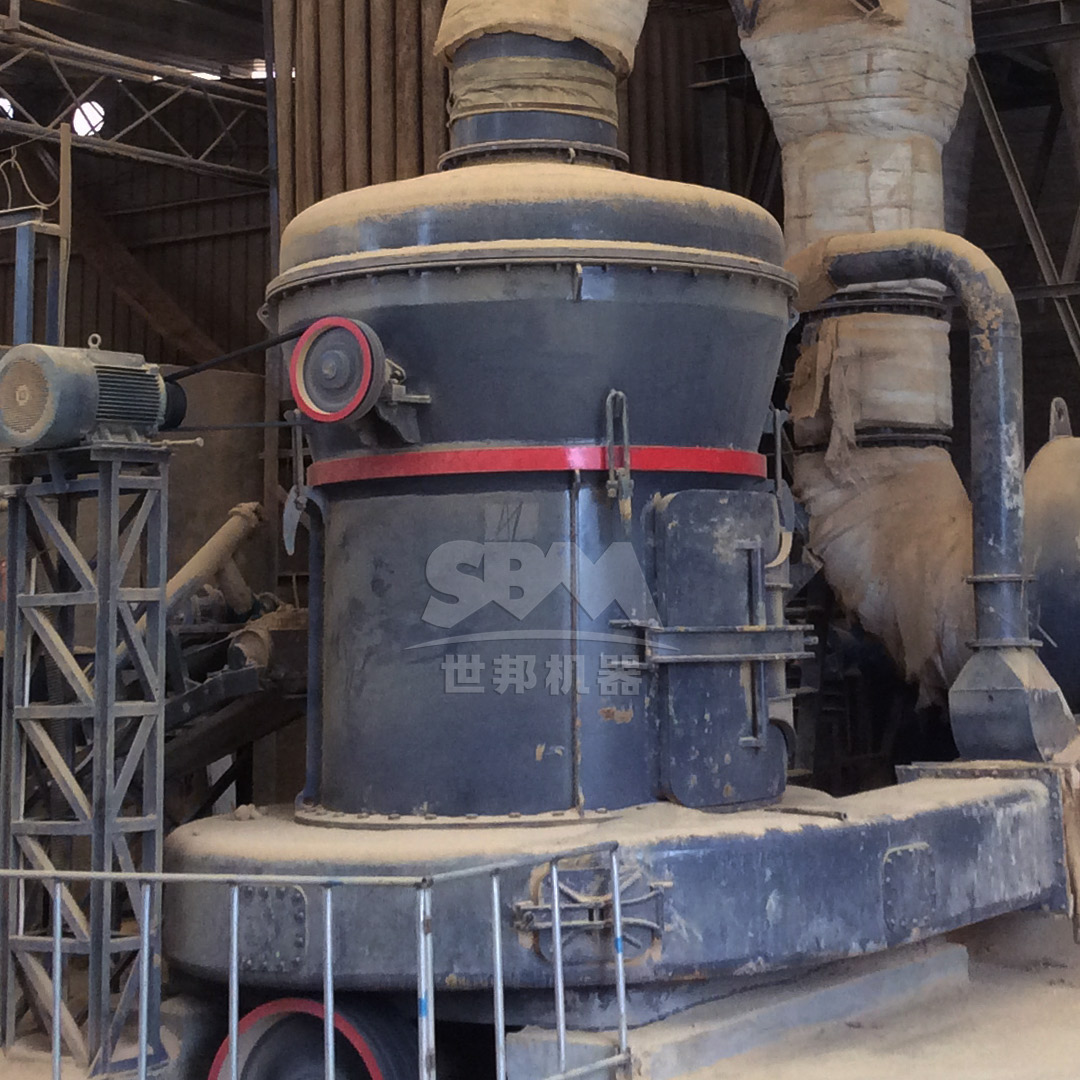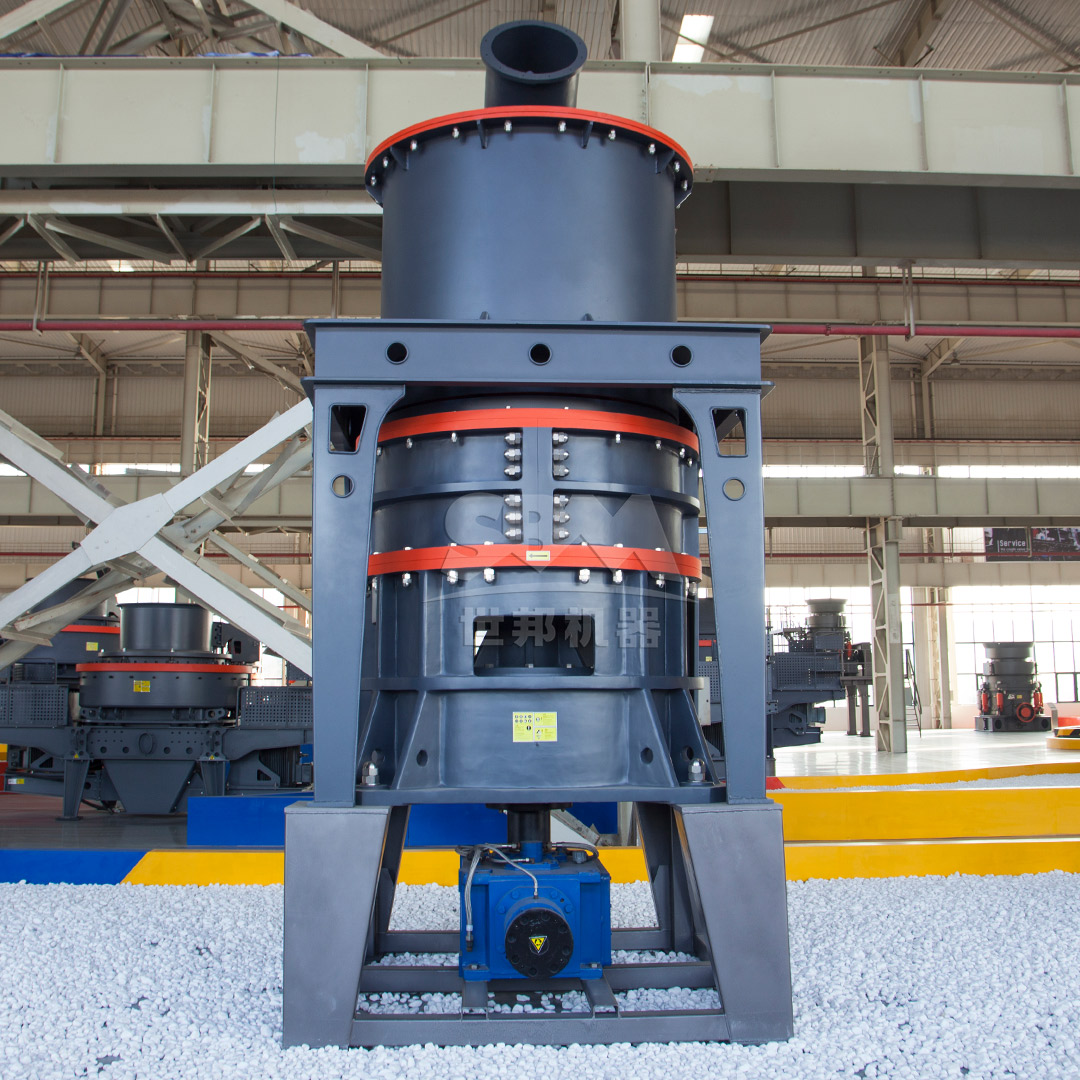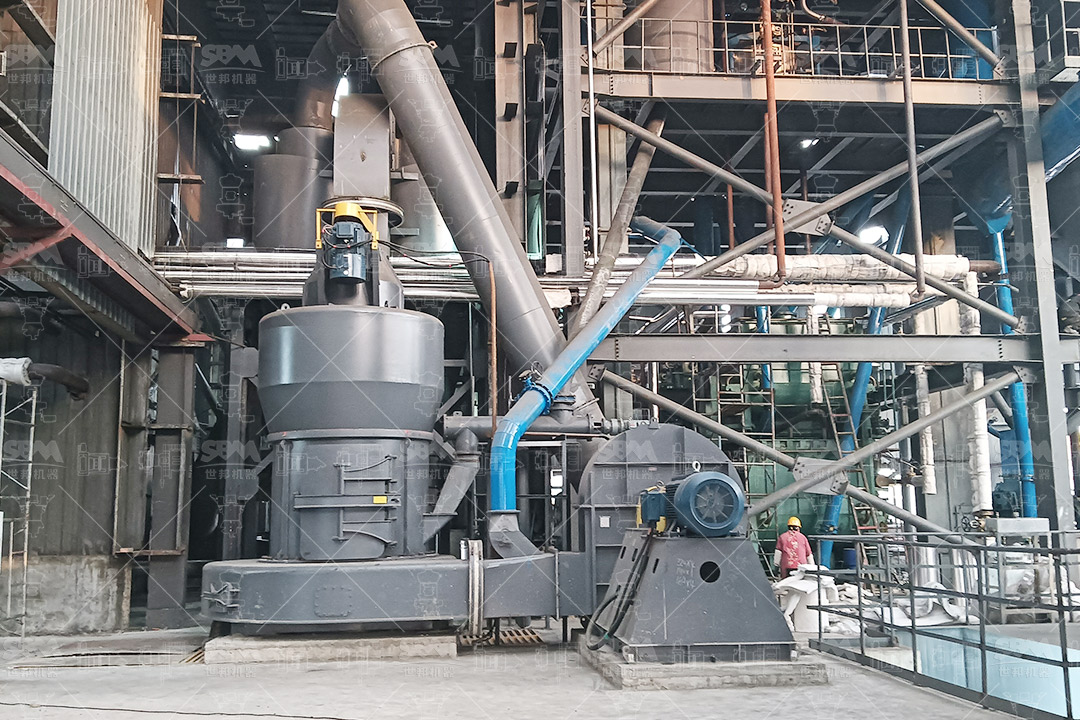The production of lightweight aggregates represents a sophisticated process where material characteristics directly influence final product quality. Dolomite, a calcium magnesium carbonate mineral (CaMg(CO3)2), has emerged as a preferred raw material due to its favorable thermal properties and structural integrity when processed. The transformation of raw dolomite into high-performance lightweight aggregates demands precision grinding equipment capable of achieving specific particle size distributions while maintaining operational efficiency.
Modern dolomite processing facilities face multiple challenges: achieving consistent fineness across production batches, minimizing energy consumption per ton of processed material, reducing maintenance downtime, and meeting stringent environmental regulations. The selection of appropriate grinding technology directly impacts all these factors, making equipment choice a critical strategic decision for aggregate producers.

Dolomite grinding for lightweight aggregate production presents unique technical requirements that distinguish it from conventional mineral processing. The optimal particle size distribution typically falls within the range of 45-325 mesh (approximately 350-45μm), with specific applications sometimes requiring ultra-fine powders down to 5μm. This controlled fineness ensures proper sintering behavior and uniform pore structure development during the thermal expansion process that creates lightweight characteristics.
The abrasiveness of dolomite varies significantly based on its silica content and crystalline structure, necessitating grinding equipment with exceptional wear resistance. Additionally, the grinding process must maintain consistent product quality despite variations in feed material characteristics, requiring sophisticated control systems and flexible operational parameters.
When selecting dolomite grinding equipment, several critical factors must be considered:
The evolution of grinding technology has produced several distinct approaches to mineral processing, each with specific advantages for dolomite applications. Understanding these technologies enables informed equipment selection based on production requirements and economic considerations.
For applications requiring the finest particle sizes, advanced ultra-fine grinding systems offer unparalleled performance. Our SCM Series Ultrafine Mill represents the pinnacle of this technology, specifically engineered to address the challenges of producing high-quality dolomite powders for lightweight aggregates.
The SCM Ultrafine Mill achieves remarkable fineness levels of 325-2500 mesh (D97≤5μm) while maintaining throughput rates of 0.5-25 tons per hour depending on model selection. This exceptional performance stems from its innovative design featuring a vertical turbine classifier that ensures precise particle size control without coarse powder contamination. The mill’s unique grinding chamber configuration, utilizing special material rollers and grinding rings, extends component life significantly compared to conventional systems.
Energy efficiency stands as another notable advantage, with the SCM series consuming 30% less power than comparable jet mills while delivering twice the production capacity. Intelligent control systems automatically monitor and adjust operational parameters to maintain consistent product quality, while integrated pulse dust collection exceeds international environmental standards. The comprehensive model range, from the compact SCM800 (0.5-4.5 t/h, 75kW) to the high-capacity SCM1680 (5.0-25 t/h, 315kW), ensures an optimal match for any production requirement.

For large-scale dolomite processing operations, the MTW Series Trapezium Mill delivers exceptional performance across a wide range of fineness requirements (30-325 mesh). This advanced grinding system incorporates multiple technological innovations that optimize efficiency and reliability in demanding production environments.
The MTW series features a revolutionary curved air channel design that minimizes energy losses during material transport, significantly improving overall system efficiency. Its combined shovel blade design reduces maintenance requirements while extending roller service life through optimized wear characteristics. The integrated cone gear transmission system achieves remarkable 98% transmission efficiency, reducing power consumption while simplifying installation through its compact footprint.
With capacity ranging from 3-45 tons per hour across different models, the MTW series accommodates virtually any production scale. The MTW215G model, with its 280kW main motor and 45-ton hourly capacity, represents the high end of this product line, ideal for major lightweight aggregate production facilities. The mill’s advanced working principle, utilizing centrifugal force to create optimal grinding conditions between rollers and grinding rings, ensures consistent product quality with minimal operator intervention.
Vertical roller mills represent another sophisticated option for dolomite processing, particularly when space constraints or specific product characteristics are considerations. Our LM Series Vertical Roller Mill incorporates集约化设计 that reduces footprint requirements by 50% compared to traditional grinding systems while lowering infrastructure costs by 40%.
The LM series operates on the principle of material bed comminution, where dolomite is ground between rollers and a rotating table. This efficient grinding mechanism reduces specific energy consumption by 30-40% compared to ball mill systems while offering exceptional control over product fineness. The non-contact design between grinding rollers and the table significantly extends wear part life, with components lasting up to three times longer than in conventional systems.
Advanced automation capabilities, including expert control systems supporting remote operation, minimize manual intervention while ensuring consistent product quality. Environmental performance meets the most stringent standards, with full negative pressure operation maintaining dust emissions below 20mg/m³ and operational noise limited to 80dB(A). The comprehensive model range, from the LM130K (10-28 t/h) to the massive LM370N (90-110 t/h), provides solutions for operations of any scale.
| Technology | Fineness Range | Capacity (t/h) | Power Consumption | Best Application |
|---|---|---|---|---|
| SCM Ultrafine Mill | 325-2500 mesh | 0.5-25 | Low | Ultra-fine powders |
| MTW Trapezium Mill | 30-325 mesh | 3-45 | Medium | High-volume production |
| LM Vertical Mill | 30-325 mesh | 3-250 | Very Low | Space-constrained facilities |
Beyond equipment selection, operational parameters significantly influence the efficiency and product quality of dolomite grinding for lightweight aggregates. Proper optimization requires understanding the relationship between multiple variables and their impact on the final product.
Consistent grinding performance begins with proper feed material preparation. Dolomite should be pre-crushed to the optimal size for the selected grinding system, typically below 20mm for ultra-fine mills and up to 50mm for larger vertical roller mills. Moisture content should be controlled within specified limits, as excessive moisture can reduce grinding efficiency and potentially cause operational issues.
Variations in raw material characteristics, particularly hardness and abrasiveness, necessitate adjustments to operational parameters. Modern grinding systems with automated control capabilities can compensate for these variations to maintain consistent product quality, but understanding the fundamental relationships enables more effective system configuration.
The grinding system represents just one component in the complete lightweight aggregate production line. Effective integration with pre-processing, classification, and thermal treatment stages ensures optimal overall system performance. Advanced control systems monitor multiple parameters simultaneously, adjusting operational settings to maintain target product characteristics despite variations in feed material or ambient conditions.
Our grinding equipment incorporates sophisticated PLC-based control systems that provide comprehensive operational monitoring and adjustment capabilities. These systems track power consumption, bearing temperatures, vibration levels, and product fineness, automatically making adjustments to maintain optimal performance. Remote monitoring capabilities further enhance operational efficiency by enabling centralized oversight of multiple production lines.

Proactive maintenance represents a critical aspect of grinding system optimization, particularly given the abrasive nature of dolomite. Wear part monitoring and scheduled replacement prevent unplanned downtime while maintaining product quality. Our grinding systems incorporate multiple features designed to simplify maintenance and extend service intervals.
The SCM Ultrafine Mill’s bearing-free screw grinding chamber eliminates a common failure point while enhancing operational stability. The MTW Series’ combined shovel blade design allows partial replacement of worn components, significantly reducing maintenance costs. The LM Vertical Mill’s modular roller assembly enables rapid replacement with minimal downtime. Each of these design features contributes to higher overall equipment effectiveness through reduced maintenance requirements and extended operational availability.
The selection of grinding technology involves significant economic considerations beyond initial equipment costs. A comprehensive analysis should account for operational expenses, maintenance requirements, product value, and system longevity.
Energy consumption typically represents the largest operational expense in dolomite grinding operations. Our SCM Ultrafine Mill reduces power requirements by 30% compared to alternative technologies while delivering superior product quality. This efficiency advantage becomes increasingly significant as energy costs rise, potentially yielding payback periods of less than two years in high-volume applications.
Maintenance costs constitute another major consideration, particularly given the abrasive nature of dolomite. The extended wear part life of our grinding systems, achieved through specialized materials and innovative designs, significantly reduces replacement frequency and associated downtime. The MTW Series’ curved air channel and high-strength guard plates, for instance, reduce maintenance costs by approximately 30% compared to conventional designs.
Beyond cost reduction, advanced grinding technologies can enhance product value through improved quality characteristics. The precise particle size control achievable with our SCM Ultrafine Mill enables production of specialty dolomite powders commanding premium prices in specific lightweight aggregate applications. The consistent quality produced by these advanced systems reduces product variability, enhancing customer satisfaction and potentially justifying price premiums.
The environmental performance of modern grinding systems also delivers economic benefits through regulatory compliance and community relations. Our equipment exceeds international standards for dust emissions and noise control, minimizing permitting challenges and potential community objections to facility operations.
The evolution of dolomite grinding technology continues, with several emerging trends likely to influence future equipment design and selection criteria. Understanding these developments enables producers to make informed decisions that anticipate rather than react to industry changes.
The integration of grinding systems with digital technologies represents perhaps the most significant emerging trend. Our latest equipment generations incorporate comprehensive data collection capabilities that support predictive maintenance, operational optimization, and remote oversight. These digital capabilities transform grinding from a standalone process to an integrated component of the smart factory.
Advanced analytics applied to operational data can identify subtle relationships between parameters that human operators might overlook. These insights enable continuous improvement of grinding operations, further enhancing efficiency and product quality. The remote monitoring capabilities of modern systems also facilitate centralized expertise supporting multiple facilities, potentially reducing staffing requirements while improving operational consistency.
Environmental considerations increasingly influence grinding technology development, with emphasis on further reducing energy consumption, minimizing waste generation, and enhancing resource efficiency. Our ongoing research focuses on novel grinding mechanisms that could potentially reduce energy requirements by an additional 15-20% while maintaining or improving product quality.
Material science advances continue to yield more durable wear-resistant materials, extending component life and reducing resource consumption. The development of specialized ceramic and composite materials promises significant improvements in wear part longevity, particularly valuable in high-abrasion applications like dolomite grinding.
The selection of optimal dolomite grinding technology represents a critical decision with far-reaching implications for lightweight aggregate production efficiency, product quality, and economic viability. Our comprehensive range of grinding equipment, from the ultra-fine capabilities of the SCM series to the high-volume performance of the MTW and LM systems, provides solutions tailored to specific operational requirements.
By understanding the unique characteristics of dolomite and the capabilities of modern grinding technologies, producers can implement systems that maximize productivity while minimizing operational costs. The continued evolution of grinding technology promises further enhancements in efficiency, reliability, and environmental performance, ensuring that dolomite-based lightweight aggregates remain competitive in increasingly demanding markets.